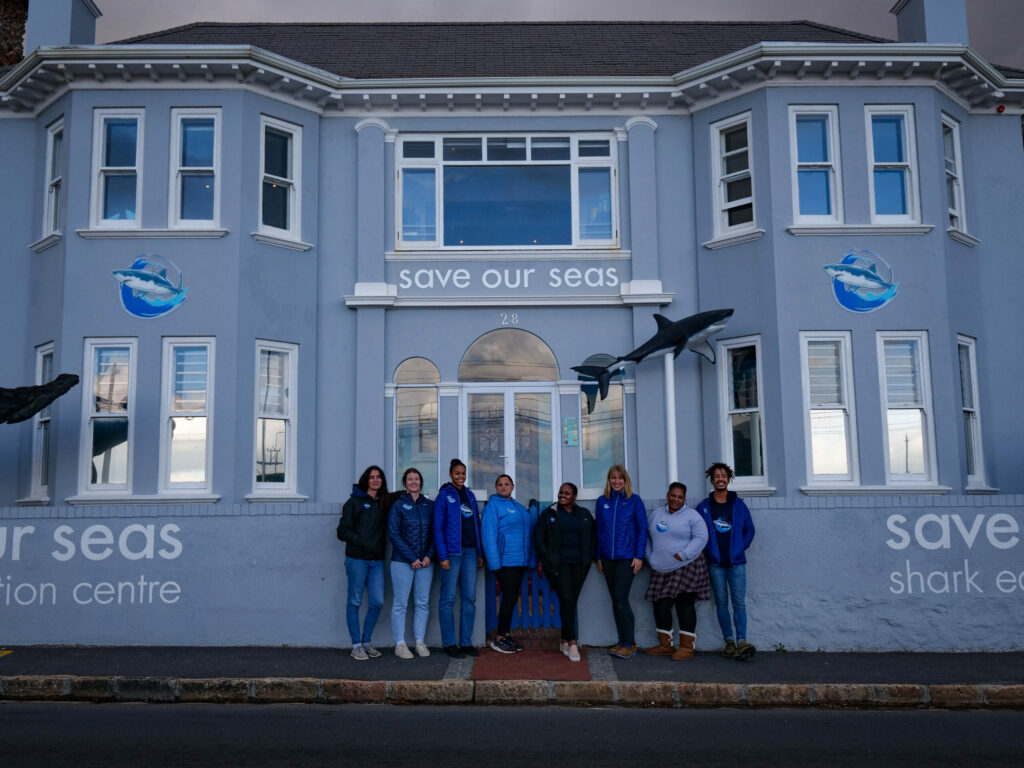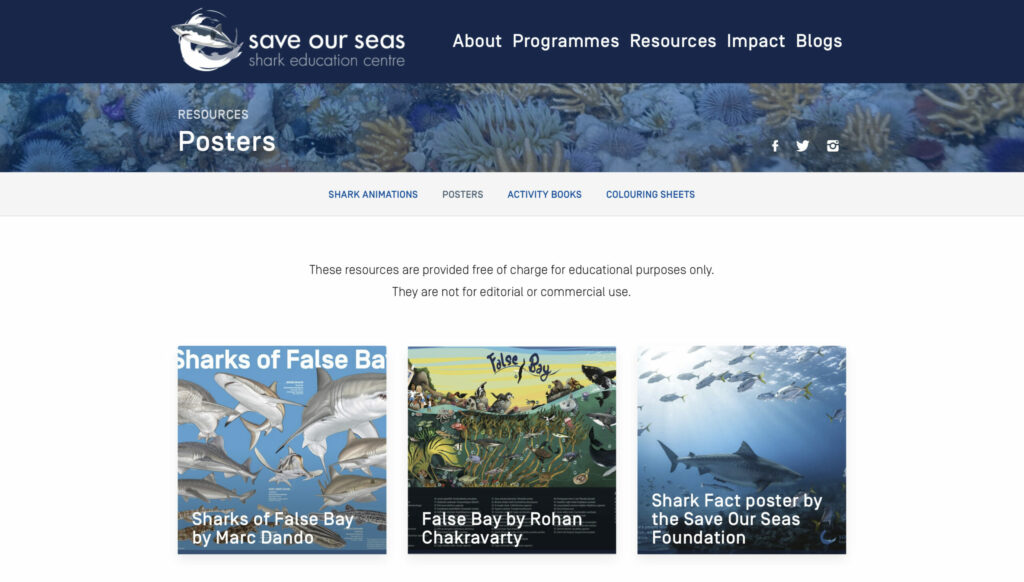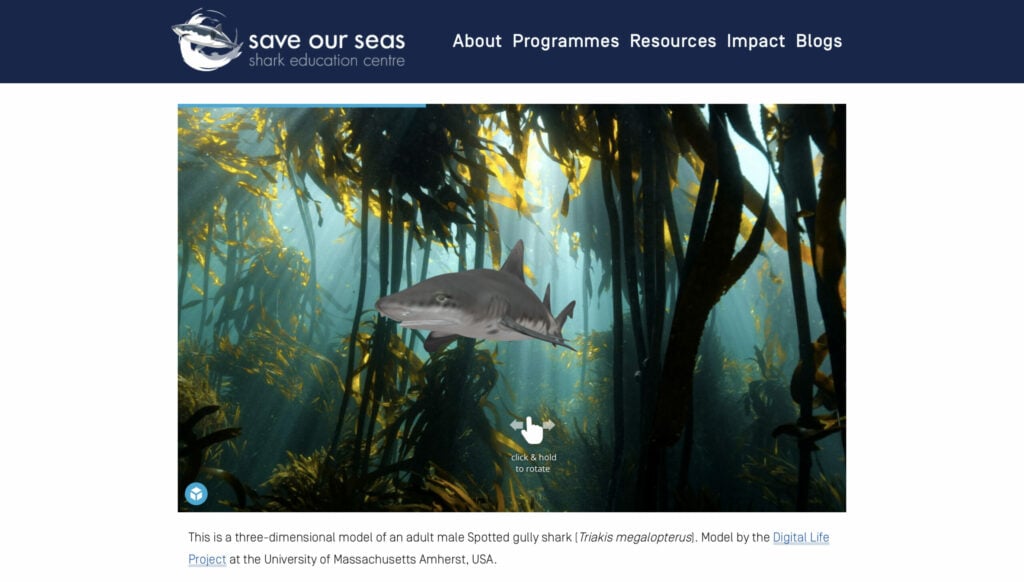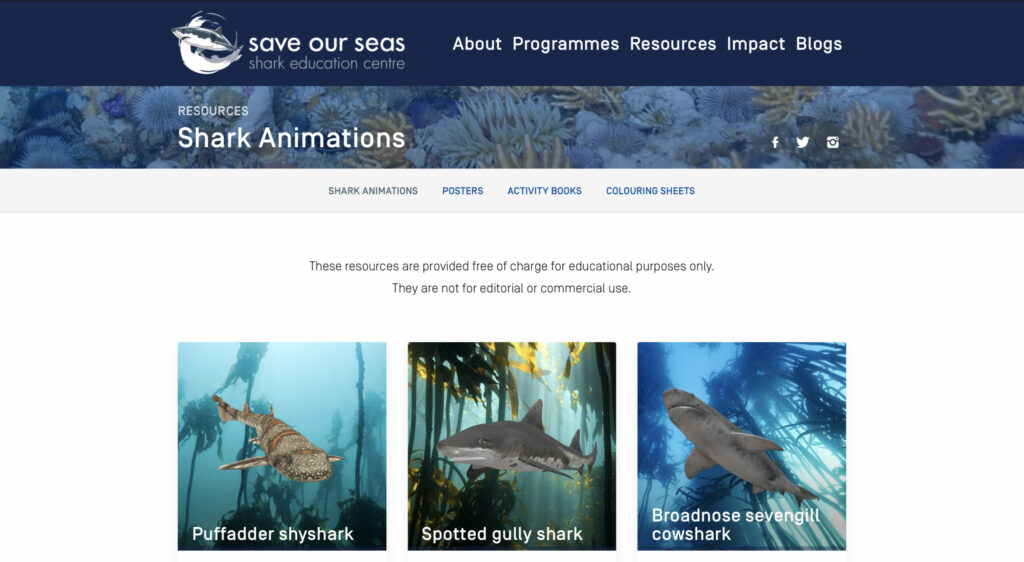New Website Launch
We are back with a new blog, and we have exciting news to share with you!
Our team has been hard at work behind the scenes the past few months, but we are finally able to announce that we have successfully completed upgrades to our website. It’s out with the old and in with the new at the SOSF Shark Education Centre.
Why the upgrade?
Our team has been rapidly growing, and we wanted our website to showcase our new team members in action, as well as the changes to our educational programmes.
We also made it more user-friendly, being easier to navigate between our programmes and what we offer.
We also included a section where you have access to online resources like our posters, activity books, and so much more, all FREE of charge.
The most exciting part? Well, continue reading to see the newest features of our fin-tastic site.
What to expect
- New navigation tabs
- An overall more user-friendly experience
- A virtual guide of our centre and all our facilities
- Overview of all the programmes we offer
- Online resources, including our posters, activity books, colouring-in sheets, and so much more – all FREE of charge
- New 3D interactive sharks
New shark animations
With all these exciting new upgrades, there is one that we are the most excited about. That is the addition of our interactive shark animations.
These models bring to life the evolution and adaptions of sharks and rays – in 3D!
Our website now hosts a diversity of 3D sharks typically found in False Bay, the largest bay in southern Africa and the expanse over which our centre overlooks.
Children who would never otherwise dip below the waves to see how these sharks behave, or where they live, will now be able to see an endemic (found nowhere else in the world) shyshark curl into a defensive little donut-shape. From the screens of their iPads in the Centre, or from the comfort of home on the website, children (and their caregivers!) can marvel at the amazing sharks that live on their doorstep.
Simulating behaviours like spyhopping in white sharks, and understanding how sharks move naturally in their environment, gives children an immersive experience, regardless of their access to the ocean.
Although these models are still in the brainstorming and development stage, we hope they will serve as examples before reaching their full potential, the Director of the SOSF-SEC Dr Clova Mabin enthuses: “We also think that it might be possible to use them as a teaching tool in the classroom, to simulate fieldwork. Learners could view them on the iPads and potentially take various measurements, comparing across the different species”.
On our website you will get to know six local shark species in extreme detail, including:
- Puffadder shyshark
- Leopard catshark
- Spotted gully shark
- White shark
- Bronze whaler shark
- Sevengill cowshark
What’s next
That’s not all. We have one more feature we are launching at the end of August. Make sure to keep an eye on this space for more soon!
Happy exploring.




